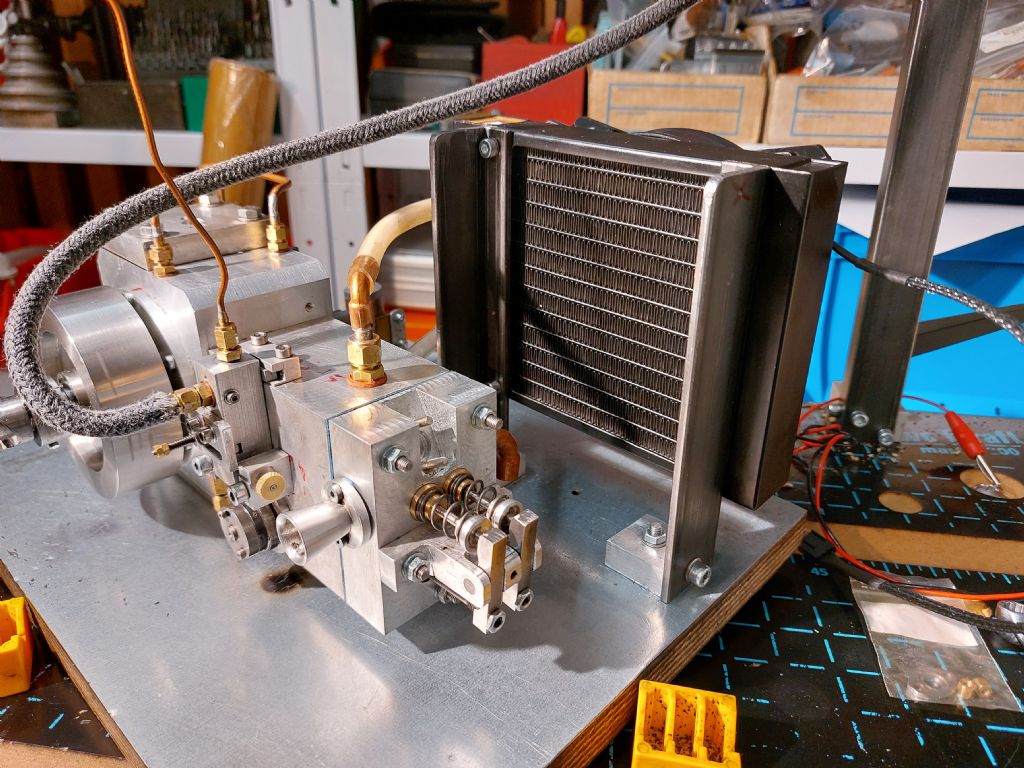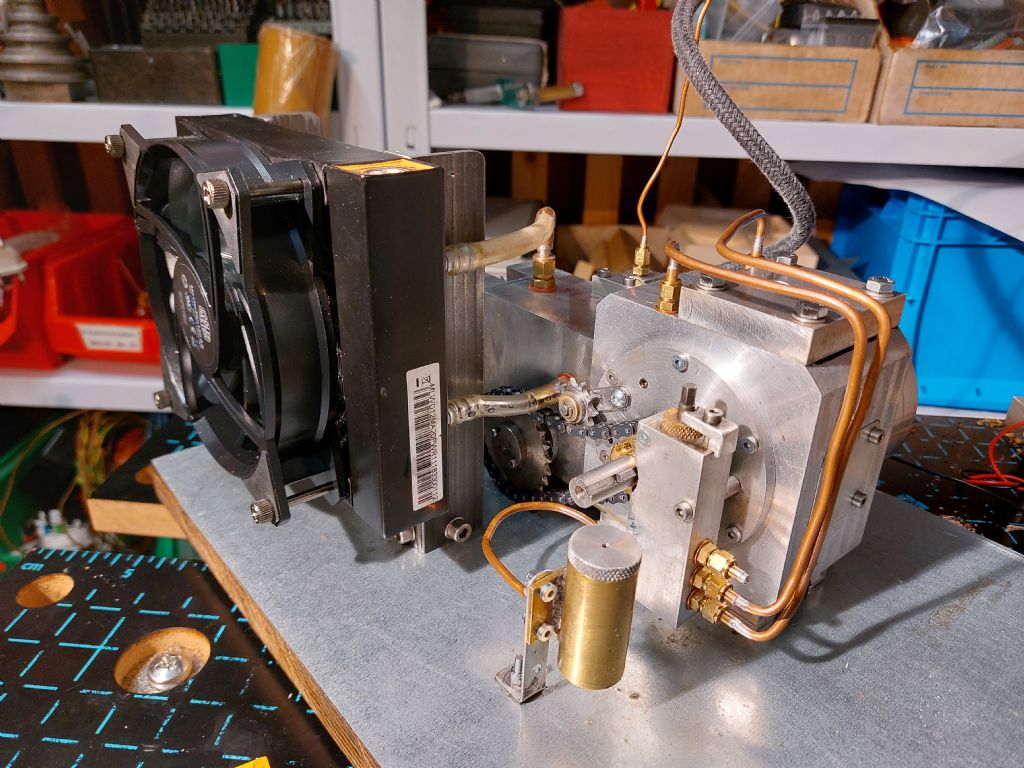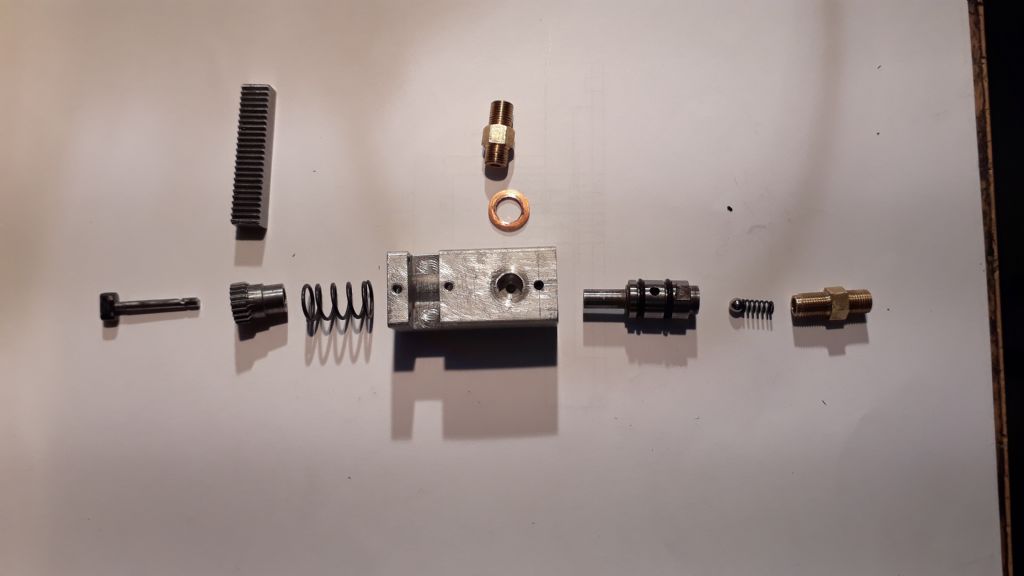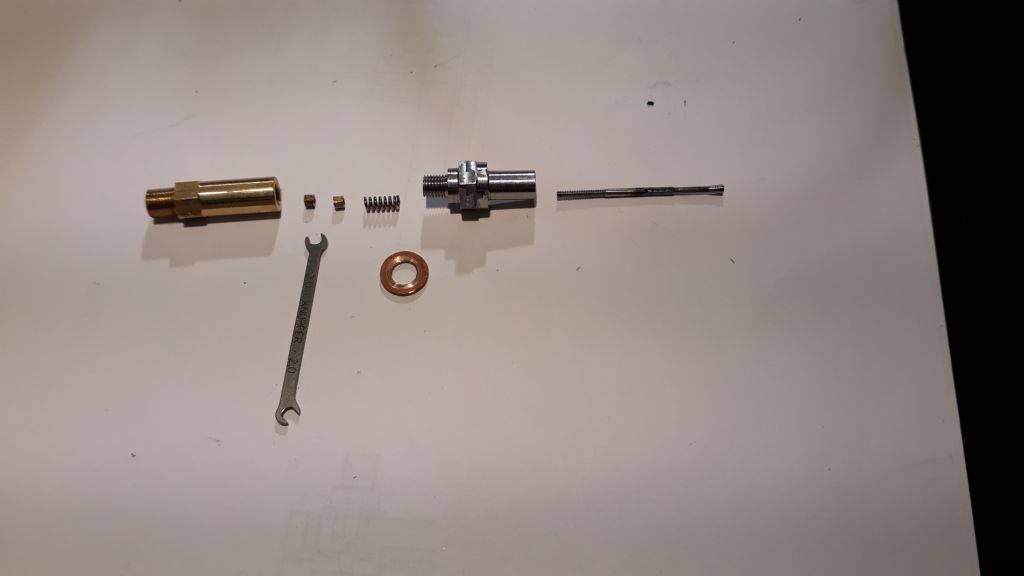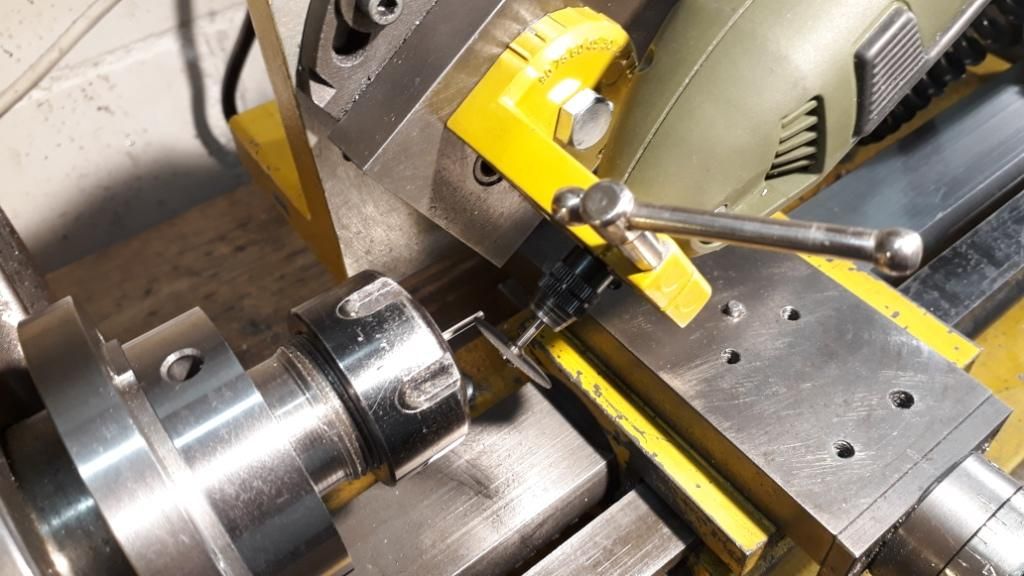20 cc Four Stroke True Diesel
20 cc Four Stroke True Diesel
- This topic has 13 replies, 10 voices, and was last updated 2 November 2022 at 20:18 by
Andy Stopford.
Viewing 14 posts - 1 through 14 (of 14 total)
Viewing 14 posts - 1 through 14 (of 14 total)
- Please log in to reply to this topic. Registering is free and easy using the links on the menu at the top of this page.
Latest Replies
Viewing 25 topics - 1 through 25 (of 25 total)
-
- Topic
- Voices
- Last Post
Viewing 25 topics - 1 through 25 (of 25 total)
Latest Issue
Newsletter Sign-up
Latest Replies
- Acceptable feed screw backlash
- Stuart Twin Victoria (Princess Royal) Mill Engine
- Pipe Unions, Fittings, Standard Dimensions, CAD
- Machine tool transport
- 24cc DIESEL ENGINE FROM SOLID
- Abrasive tape/paper recommendations please
- Amadeal VM25L Uneven Motor Brush Wear
- 1965 Colchester Chipmaster
- Problem getting the right parameters on a VFD
- Myford Super 7 questions


